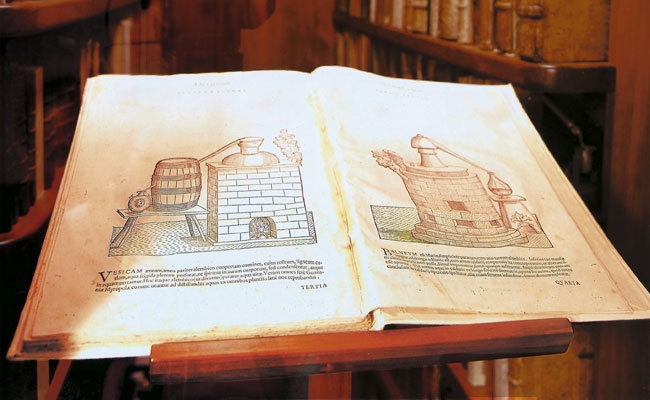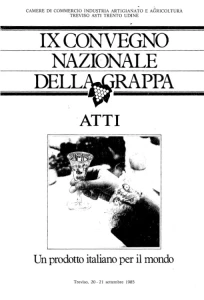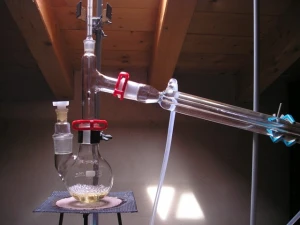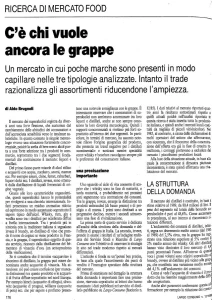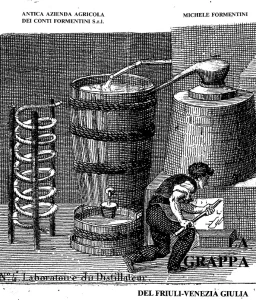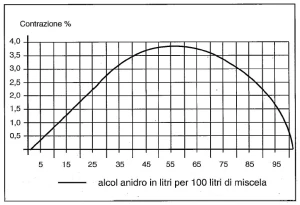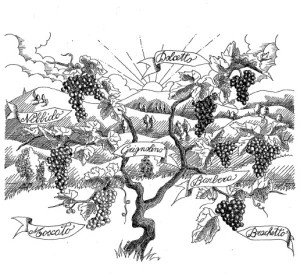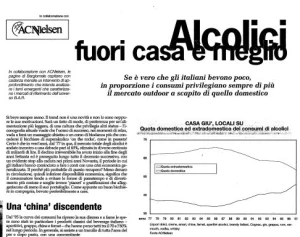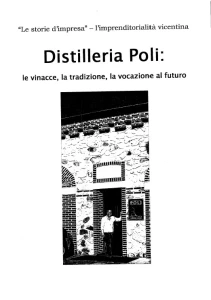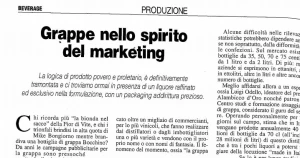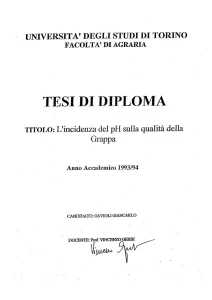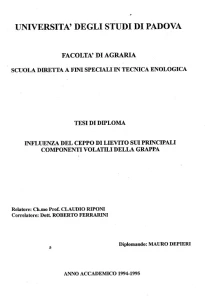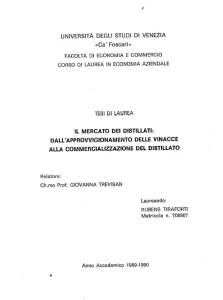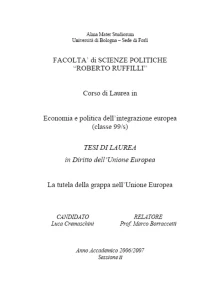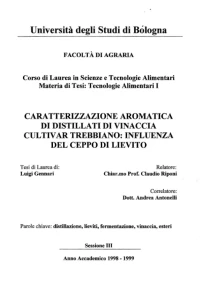Library of the Spirit
Library of the Spirit
The principal beginning from which the Museum had its origin is made up of a collection of ancient and modern books related to Grappa and the art of distillation. Among the most important works, the “Liber de arte distillandi” by Hieronymus Brunschwigh dated 8th May 1500 is worthy of mention, being the first printed text on the subject.
Since 2011, the Poli family has decided to digitize ancient and modern texts concerning Grappa and the art of distillation preserved in the Library of the Spirit to make them accessible on the web through the Grappa.com portal, which also hosts theses, scientific articles, laws, and official documents.
Since 2011, the Poli family has decided to digitize ancient and modern texts concerning Grappa and the art of distillation preserved in the Library of the Spirit to make them accessible on the web through the Grappa.com portal, which also hosts theses, scientific articles, laws, and official documents.
Fill in at least one field to perform the volume search


